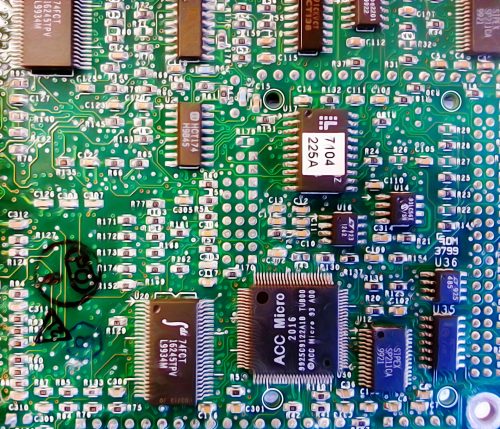The future of information technology may be in the qubit. The term, a combination of quantum and bit, is used to refer to an electronic circuit that functions as the basis of quantum computing. It relies on the principle of superposition, which holds that a physical system may exist simultaneously in two different states. While the computer bits of today can store information in either a 0 or 1 state, qubits are capable of storing a 0 and 1 at the same time, expanding the ability to cache data exponentially. Such a device could function with unimaginable speed and precision, making considerable advancements in fields like medicine and cyber security.
The next step is to build a quantum computer that is capable of using qubits. The foremost problem facing developers today is the extreme sensitivity of quantum systems. Even a slight interaction of the qubit with the surroundings could lead to decoherence, or a slow collapse of the quantum mechanical properties of the system, which would in turn lead to errors in calculations. Michel Devoret, the F. W. Beinecke Professor of Applied Physics at Yale University, and his team at the Quantronics Laboratory are investigating a method to improve coherence through the use of quantum error correction, which protects the integrity of the qubit. Quantum error correction does this correcting for both decoherence and quantum noise, which is the uncertainty in the original quantum system. They believe that mastering this technique will lead to the design of systems that remain coherent indefinitely. Devoret was also optimistic about the future of the quantum computer. “There is no roadblock, no physics that would prevent it. If it is possible, then humans will find a way to create it.”
References
[1] https://science.sciencemag.org/content/339/6124/1169.full
[2] https://arxiv.org/ftp/cs/papers/0602/0602096.pdf
[3] https://www.nytimes.com/2017/11/13/technology/quantum-computing-research.html?_r=0
[4] Interview with Michel Devoret, 2/2/18
[5] https://qulab.eng.yale.edu/documents/Superconducting_Circuits_Tutorial.pdf

